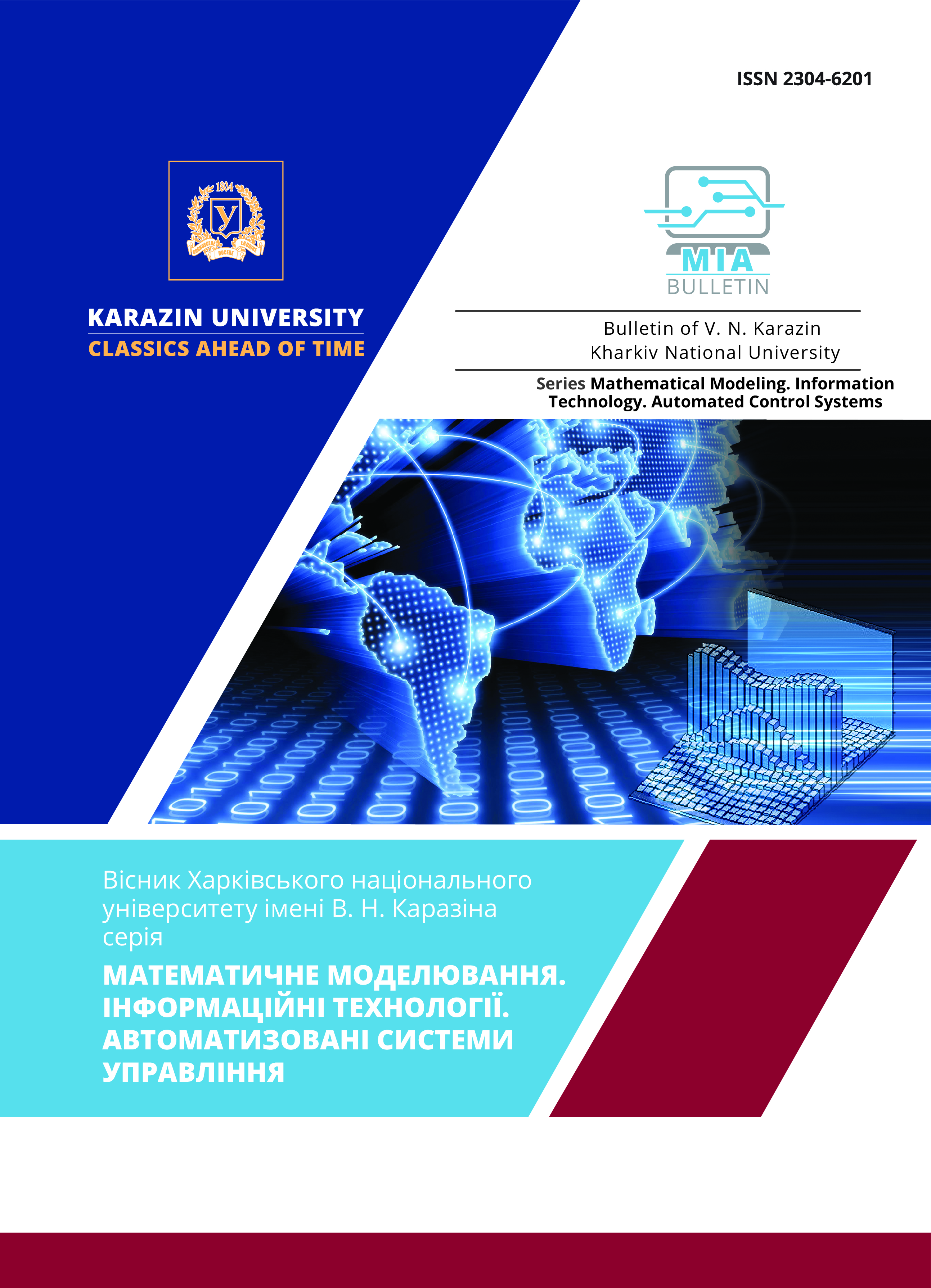The model of a neural network for text data censoring
Abstract
Relevance: Given the rapid development of Internet communications and the increasing amount of textual content, an urgent need to ensure effective censorship of textual data necessitates the relevance of this research. This is especially true for the online community, where it is essential to ensure the security and ethics of communication.
Purpose: to provide better and safer content for users who depend on reliable and secure Internet information by means of developing and implementing a neural network that will be able to identify inappropriate textual content in real time.
Research methods: methods of data processing and preparation, deep learning methods, neural network theory, artificial intelligence theory, mathematical analysis, methods of information content analysis, methods of classification quality assessment, and practical application research have been used in the course of the research. The software has been developed by using the Python language.
Results: the main achievement of the work is the development of a neural network model that censors textual information in real time, the model is highly scalable and can be trained on data from other languages.
Conclusions: The problem of text data censoring has been considered. Since this is a natural language processing task, an RNN-based neural network model, namely LSTM, has been proposed and developed. The study has shown the importance of innovative approaches in solving the problems of text data censorship, and the use of neural networks and artificial intelligence technologies is becoming a promising area for further research and implementation in this area.
Downloads
References
/References
Zhang, X. A Mathematical Model of a Neuron with Synapses based on Physiology. Nat Prec (2008). https://doi.org/10.1038/npre.2008.1703.1
Sima J. “Introduction to Neural Networks,” Technical Report No. V 755, Institute of Computer Science, Academy of Sciences of the Czech Republic, 1998.
Kröse B., and van der Smagt P. An Introduction to Neural Networks. (8th ed.) University of Amsterdam Press, University of Amsterdam, 1996.
Harshali M. Deep learning — 2015.
Yingci L. Zhonghua C. Hongkai W. Peiou L. Zongwei Z. Comparison of machine learning methods for classifying mediastinal lymph node metastasis of non-small cell lung cancer from 18F-FDG PET/CT — 2017
Aurélien Géron. Hands-On Machine Learning with Scikit-Learn, Keras, and TensorFlow: Concepts, Tools, and Techniques to Build Intelligent Systems 3rd Edition
Oliver Theobald, Best Machine Learning Books for Absolute Beginners, 2021 - 50 c.
Zhang, X. A Mathematical Model of a Neuron with Synapses based on Physiology. Nat Prec (2008). https://doi.org/10.1038/npre.2008.1703.1
Sima J. “Introduction to Neural Networks,” Technical Report No. V 755, Institute of Computer Science, Academy of Sciences of the Czech Republic, 1998.
Kröse B., and van der Smagt P. An Introduction to Neural Networks. (8th ed.) University of Amsterdam Press, University of Amsterdam, 1996.
Harshali M. Deep learning — 2015.
Yingci L. Zhonghua C. Hongkai W. Peiou L. Zongwei Z. Comparison of machine learning methods for classifying mediastinal lymph node metastasis of non-small cell lung cancer from 18F-FDG PET/CT — 2017
Aurélien Géron. Hands-On Machine Learning with Scikit-Learn, Keras, and TensorFlow: Concepts, Tools, and Techniques to Build Intelligent Systems 3rd Edition
Oliver Theobald, Best Machine Learning Books for Absolute Beginners, 2021 - 50 c.




